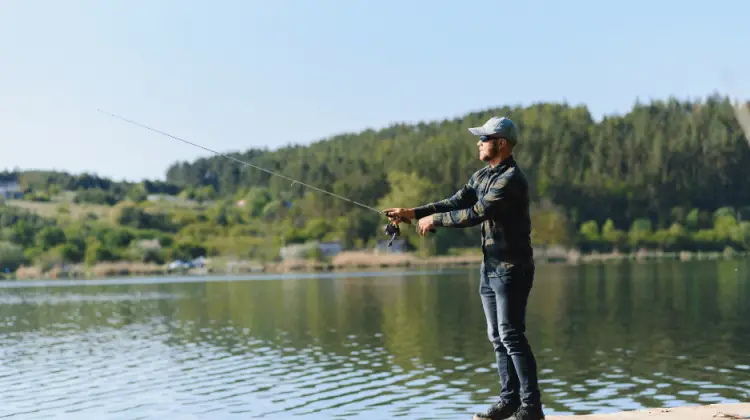
How to catch Tilapia is an exciting challenge for anglers. It offers a unique freshwater fishing experience. As you cast your line into the calm waters where these elusive fish live, you’ll be drawn into their mysterious world. Every movement of your fishing rod holds the promise of an exciting battle. Mastering the art of catching Tilapia means unlocking the secrets hidden beneath the surface. These clever fish require anglers to adapt their techniques with skill and precision.
From understanding their eating habits to outsmarting their evasive moves, catching Tilapia requires more than just luck. It calls for dedication and knowledge gained through hours of studying their behavior to catch them. This article explains how to catch Tilapia using the best fishing techniques. It also helps you understand the fish’s behavior and reveals the challenges and rewards of catching Tilapia. Additionally, it provides essential tips for catching these elusive freshwater fish.
Understanding Tilapia Behavior
Tilapia are adaptable and have different feeding habits. They show interesting behavior that can help with fishing. They like warm water and are usually near the surface. But their behavior changes during the day. At sunrise and sunset, they come closer to the water’s edge to find food. In the middle of the day, they look for deeper, cooler water. Watching these changes can help you catch more fish.
Moreover, Tilapia like to stay in one place and gather around things like rocks, trees, or plants underwater. If you put your bait in these spots, you can attract Tilapia to bite. Also, knowing that they like to be together can help you catch more than one fish. Knowing these behaviors is important for becoming a good tilapia fisherman.
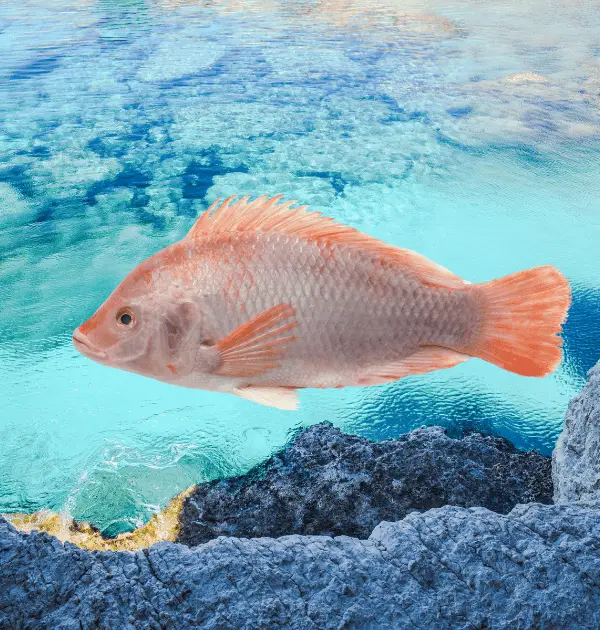
Why Anglers Love To Catch Tilapia?
Tilapia fishing has garnered a strong following among anglers due to its unique challenges, making it more than just a pastime. These freshwater fish are known for being elusive and resilient, posing an exciting challenge for anglers who need to exercise patience and keen observation to catch them successfully. To add to the excitement, tilapia dishes are widely enjoyed for their delicious taste and versatility in various cuisines. The combination of the thrill of the catch and the promise of a delectable meal makes Tilapia fishing an alluring endeavor.
When it comes to catching Tilapia, anglers look for suitable locations with clear water and ample vegetation. Tilapia prefer hiding amidst aquatic plants and structures, requiring anglers to navigate their surroundings for potential hotspots carefully. Baits such as small insects, worms, or artificial lures are commonly used to attract these wary fish. The process demands precision and careful handling to avoid spooking the Tilapia.
The satisfaction of honing one’s skills in tilapia fishing is indeed gratifying. The sense of accomplishment derived from mastering the art of catching these elusive fish adds an extra layer of fulfillment that keeps enthusiasts hooked on this rewarding activity. Overall, the challenging nature, delicious culinary outcome, and skill-building opportunities make Tilapia fishing a beloved pursuit among many dedicated anglers.
Choosing the Right Fishing Gear
Selecting the appropriate equipment is crucial for a successful tilapia fishing expedition. To optimize your chances, start by evaluating the rod and reel setup. A light or ultralight spinning rod matched with a small reel is optimal for targeting this relatively diminutive species. It’s advisable to invest in a high-quality monofilament line with a test strength of 4-6 pounds to ensure that you can detect even the most delicate tilapia nibbles.
Next, think about your bait and tackle choices. Tilapia are known to be attracted to small live baits such as worms or insects, so opt for tiny hooks and lightweight bobbers to improve your chances of luring them in. Additionally, utilizing artificial baits like small jigs or soft plastics can also yield great results when targeting these picky eaters.
Finally, don’t overlook the importance of terminal tackle, such as swivels and sinkers. A well-chosen selection can help ensure that your presentation looks natural and enticing in the water, ultimately increasing your odds of hooking into some tasty tilapia. By carefully considering each aspect of your fishing setup, you can enhance your chances of landing a satisfying catch.
Effective Baits and Lures
To successfully catch Tilapia, it’s important to use the right baits and lures. Tilapia are picky eaters, so it’s crucial to use attractive baits to entice them. Bread dough is one of the most effective baits for Tilapia. By shaping small dough balls and placing them on a small hook, you can replicate natural food sources for Tilapia, improving your chances of a successful catch.
Aside from using bread dough, you can also effectively attract Tilapia with artificial lures like lightweight jigs adorned with colorful skirts. The trick is to imitate the movements of their natural prey, such as small insects or crustaceans. By adjusting your retrieval speed and depth, you can create a lifelike display that entices even the most careful Tilapia. Trying out various bait presentations and observing the fish’s behavior can assist you in refining your approach and improving your chances of a successful catch.
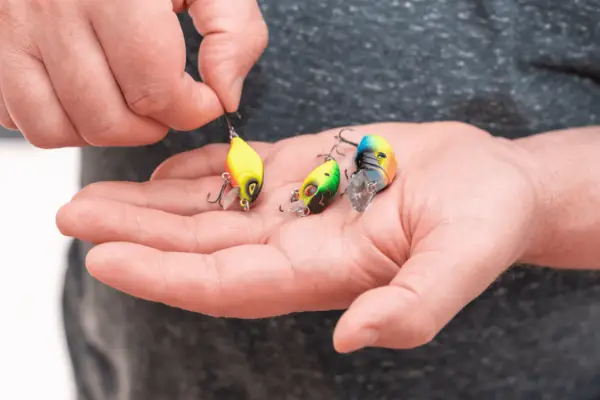
Techniques for How To Catch Tilapia
When it comes to catching Tilapia, several effective fishing techniques can help improve your chances of success. One popular approach is using light tackle, which involves using smaller lines and hooks to mimic the natural prey of Tilapia. Additionally, float fishing can be an effective method for targeting Tilapia in shallow waters, as the bobber helps keep the bait at the desired depth.
Bottom fishing is another technique commonly used to catch Tilapia, as it allows anglers to present their bait or lure right where the fish are feeding. Fly fishing with small flies or lures is also a popular method for targeting Tilapia in both freshwater and saltwater environments, offering a more challenging yet rewarding experience.
Incorporating these techniques into your fishing repertoire can help increase your chances of hooking into some tasty and prized tilapia. Remember to consider factors such as location, water conditions, and time of day when selecting the most suitable technique for your fishing expedition.
Tips for Catching More Tilapia
Here are some additional pointers for improving your tilapia fishing success. First, take note of the time of day when Tilapia are most active. Early morning and late afternoon are prime times, as this is when they tend to come closer to the water’s surface in search of food.
To increase the catch of Tilapia, it is crucial to have a good grasp of their eating patterns. Tilapia mainly consume plants and algae, so focusing on spots with abundant vegetation or areas where these plants thrive can lead to better results. Using small jigs or soft plastic baits that mimic insects or small fish can be effective in attracting Tilapia to bite.
By aligning your fishing schedule with these periods, you can greatly improve your chances of catching more Tilapia. It’s also worth considering using light tackle when targeting Tilapia, as they have a subtle bite and can be easily startled by heavy gear. A sensitive rod and light line will enable you to detect the delicate bites and make subtle movements that attract these cautious fish to strike your bait. By incorporating these strategies into your fishing approach, you can enhance your success in catching more Tilapia.
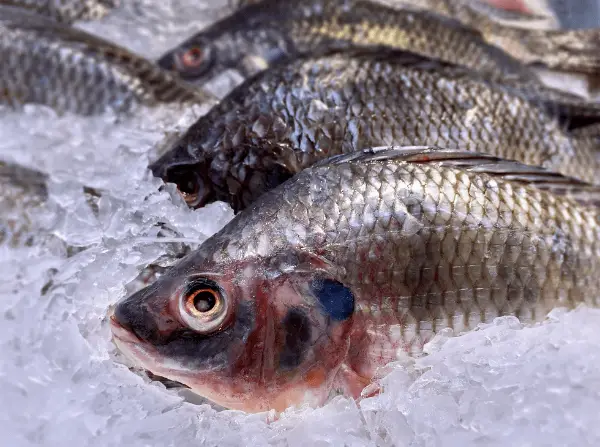
Best Locations for Tilapia Fishing
Florida’s freshwater lakes and ponds are top-notch spots for catching Tilapia. The warm climate and plentiful water bodies make Florida an ideal habitat for these fish. Anglers often head to popular areas such as Lake Okeechobee or Lake Kissimmee to try their luck at landing some impressive tilapia. These locations not only provide great fishing opportunities but also offer beautiful natural scenery, adding to the overall experience.
Texas’s freshwater rivers and reservoirs are highly sought-after spots for tilapia fishing. The Brazos River and Falcon Lake, in particular, are renowned for their abundant tilapia populations, drawing anglers looking for a fruitful fishing experience. The varied scenery and robust tilapia presence in these Texan waters make them appealing to both novice and experienced fishermen. Whether casting from the shore or venturing out on a boat, these locations provide a tranquil backdrop for engaging in satisfying tilapia fishing adventures.
Overall, venturing into various areas, such as the lakes and ponds of Florida or the rivers and reservoirs of Texas, can offer distinctive chances to catch some remarkable tilapia. Familiarizing yourself with the unique attributes of each spot can greatly enhance your likelihood of landing that coveted catch while enjoying the beauty of nature.
Conclusion- How To Catch Tilapia
Tilapia fishing offers a unique and rewarding experience for anglers of all skill levels. With the right setup and equipment, enthusiasts can enhance their chances of a successful catch and make the most of their time on the water. Whether it’s selecting the perfect rod and reel combination or using the most effective bait, having the best gear can truly elevate one’s tilapia fishing game.
So, whether you’re planning your next fishing trip or looking to upgrade your equipment, remember that the right tools can make a world of difference in maximizing your tilapia fishing experience. Get ready to reel in those prized Tilapia with confidence and excitement.
FAQs
Q. What is the best bait for catching Tilapia?
A. The best bait for catching Tilapia includes earthworms, bread, corn, and small insects such as crickets or grasshoppers.
Q. Where can I find Tilapia in a typical water body?
A. Tilapia can usually be found near shallow areas with vegetation, submerged trees, or structures that provide cover and food sources.
Q. What are the most effective fishing techniques for catching Tilapia?
A. Effective fishing techniques for catching Tilapia include using light tackle, float fishing, bottom fishing and fly fishing with small flies or lures.
Q. What time of day is best for tilapia fishing?
A. Tilapia are often more active during the early morning or late afternoon when the water temperature is moderate, and food sources are plentiful.
Q. What are some signs that indicate the presence of Tilapia in a specific area?
A. Signs of the presence of Tilapia include:
- Seeing them near the surface feeding.
- Observing nesting activity during breeding season.
- Spotting schools of juvenile fish in shallow areas.
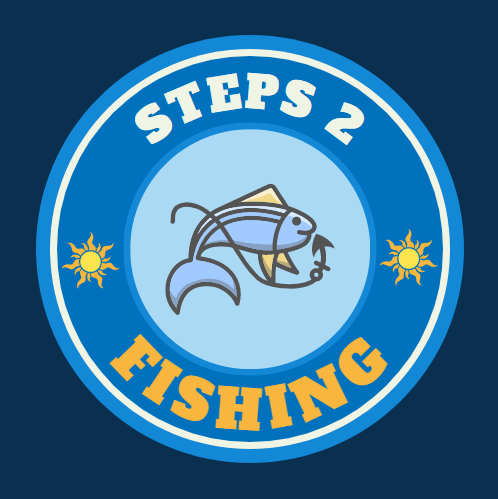

Hi there, I found your web site by way of Google at the same time as searching for a related subject, your web site came up,
it seems to be good. I’ve bookmarked it in my google bookmarks.
Hello there, simply turned into aware of your weblog via Google, and found that it is really informative.
I’m going to watch out for brussels. I’ll appreciate if
you happen to proceed this in future. Numerous people will likely
be benefited out of your writing. Cheers!